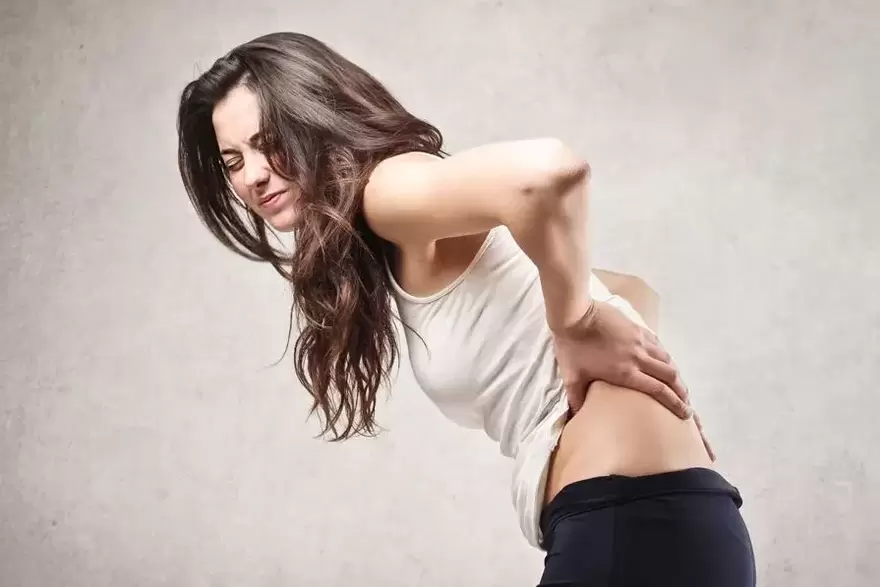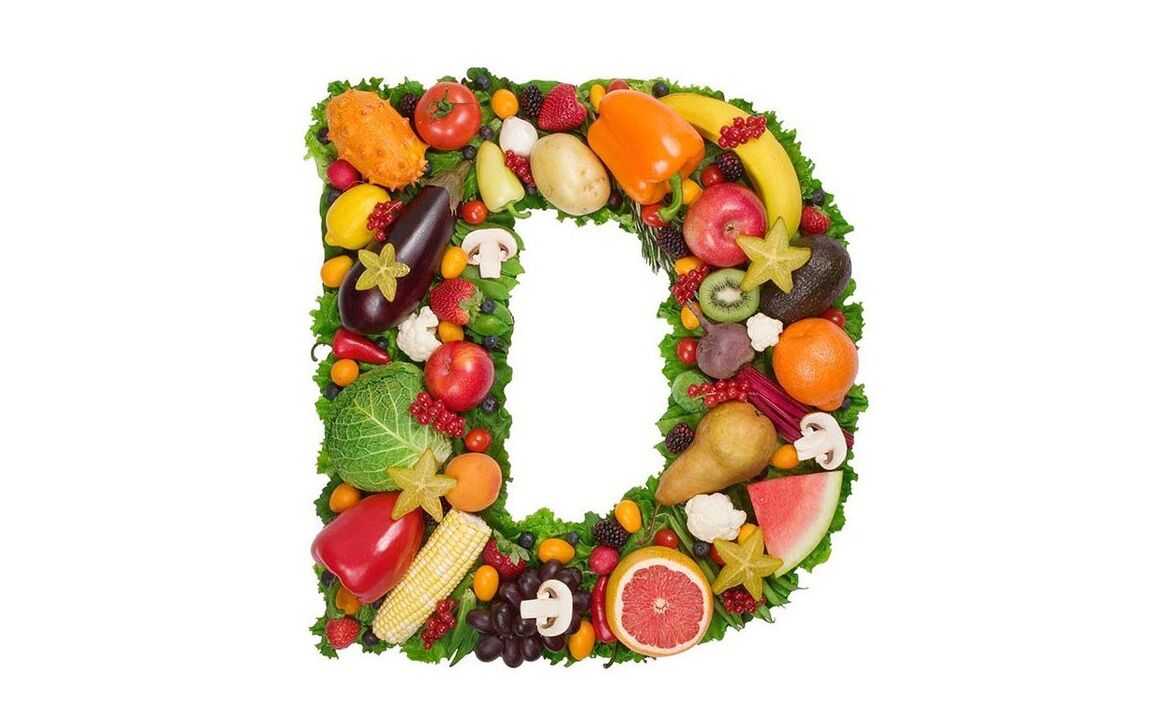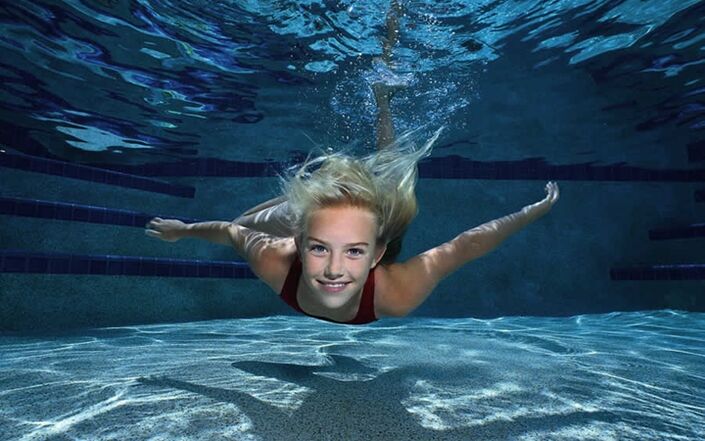
The lumbar spine consists of five discs that connect the sacrum and the thoracic spine. This part of the musculoskeletal system is heavily loaded. It is the most agile, prone to disease, the symptoms of which can occur at different ages. One such disease is lumbar osteochondrosis. In addition, the patient may develop polysegmental osteochondrosis (affecting all parts of the spine). The description of the disease can be found in the International Classification of Diseases - ICD-10, where the general code M42 is assigned to osteochondrosis.
There are several ways to prevent and treat not only osteochondrosis of the lumbar region but also polysegmental (code M 42 according to ICD-10).
Signs of osteochondrosis of the lower back
The cause of the disease may be:
- Excessive strain on the lumbar, sacral spine, which is typical of manual workers (loaders, dock workers, etc. ).
- The patient is overweight, with too much pressure on the spine. It is often found in both women and men.
- Lack of physical activity, physical inactivity, when the blood circulation deteriorates, the feeding of the discs with essential substances and vitamins is lacking.
- Violation of posture caused by improper sitting habits, often at home (hunched over, leaning).
- Injuries during sports, improper exercises.
- The age factor when the bones of older women and men are prone to deformation.
Symptoms of osteochondrosis in the groin
Pain indicating that urgent treatment of osteochondrosis of the lumbar spine is required (code M 42 according to ICD-10) may occur even in the presence of sneezing or coughing. Manifestations of pain in the lumbosacral region can be caused by the transmission of sharp movement, tilt, and gravity.

The tingling may be localized or may spread from the lower back. The pain can also radiate to the buttocks and legs. The patient's back loses its elasticity. It becomes difficult for a person to make turns. General discomfort leads to sleep disturbances, irritability, and loss of strength.
As one of the possible complications of the disease - disorders of the urogenital system. Pain may occur in the kidney area. Disorders of urination may occur.
Treatment
For successful treatment of lumbar osteochondrosis (code M 42 according to ICD-10), the patient must radically review their daily habits. From now on, you have to deal with health every day. If this is different, you may return again if you overcome the symptoms of the disease. Unfortunately, this happens in many cases.
Often, the patient is prescribed medication during the first visit to the doctor. Medications for lumbar osteochondrosis relieve pain and prevent inflammatory processes.
And in folk medicine, there are many prescriptions for medicinal infusions and ointments that can help diagnose "osteochondrosis" (lumbar or polysegmental, code M 42 according to ICD-10). Folk medicines are used externally or orally to relieve pain and inflammation.

However, it is known that drug therapy only stops the manifestations of the disease (pain relief), but it is not enough to overcome the disease thoroughly, it does not eliminate the cause of the disease. Complex rehabilitation measures are required for complete treatment. Without them, treatment will not be effective and the successes achieved will be short-lived. In some cases, a belt may be prescribed for osteochondrosis of the lumbar spine (corset), which must also be worn at home.
In the treatment of lumbar osteochondrosis (code M 42 according to ICD-10), gymnastics (physiotherapy exercises) and special gymnastics occupy a special place. The individual set of exercises should be selected by a physician and the date should be performed under the guidance of a qualified trainer. In case the patient has a severe overweight problem, he should follow a diet as well as increase his daily physical activity. A complex of these measures can cure osteochondrosis.
Acupuncture is also recommended for osteochondrosis of the lumbar spine.
Vitamin therapy in osteochondrosis
An integrated approach is needed to cure the disease. This treatment should include vitamins that can often be taken at home.
B vitamins
It is prescribed in the early stages of the disease to relieve painful symptoms. This is often enough to cure osteochondrosis and remove the pain.

In addition to reducing pain, B vitamins can also be used to improve metabolic processes, restore immunity, and restore sensitivity to the tissues affected by the disease. It is used both as injections (intramuscularly or intravenously) and as tablets.
B vitamins are found in:
- B1 (thiamine) - in cereals, bread (yeast flour), yeast;
- B6 (pyridoxine) - in vegetables, eggs, milk, liver, meat, fish;
- B12 (cyanocobalamin) - in products of animal origin: meat, beef liver.
Injecting B vitamins is quite painful. However, in the treatment of lumbar osteochondrosis, they provide an excellent background for the main treatment of medication.
Vitamins D.
Doctors recommend using it in combination with calcium, as this combination has a beneficial effect on the bones, giving them strength. However, the intervertebral discs with the most osteochondrosis can be strengthened with the help of group D vitamins. Most people prescribe vitamin D3 (cholecalciferol) or vitamin D2 (ergocalciferol) to treat the disease.

Vitamins D are found in:
- cod;
- halibut;
- milk;
- egg yolk;
- butter;
- Sardinia;
- tuna liver.
Vitamins A and E.
A and E are powerful antioxidants. They catalyze tissue regeneration. For example, vitamin A promotes the strengthening of the immune system, actively resists infections, is responsible for the harmonious circulation of calcium and phosphorus, and restores damaged tissues.
Vitamins A and E are to be taken in "tandem" - their intestinal absorption complements and activates each other's work.


Found in animal and plant foods:
- carrots, parsley, spinach, green onions, sea buckthorn, wild rose, apricot, ash, blackcurrant, blueberry, strawberry, cranberry;
- fish oil, liver, milk.
vitamin C
Vitamin C (ascorbic acid) increases the body's defenses. This is very necessary in the fight against any disease. This vitamin removes toxins, protects cartilage, muscles and bone tissue from internal and external damage.
Ascorbic acid is sold in tablets and, in addition, in ampoules (this is also possible at home). Contains rosehips, red (sweet) peppers, peas, strawberries, cabbage (broccoli, white cabbage, brussels sprouts), needles, tangerines, oranges, tomatoes, parsley, dill.
What gives swimming and exercises for osteochondrosis
Properly organized swimming contributes to:
- Rest. The lower back and polysegmental osteochondrosis (code M 42 according to ICD-10) lead to muscle cramps and tension, which impedes movement. Water helps relax the entire spine, eliminates muscle cramps and strengthens muscles.
- Accelerate metabolic processes. The tissues of the damaged and even normal cartilage discs receive the necessary nourishment and begin to recover.
- Increase immunity. This is important in the treatment of all diseases.
- Regular swimming and bathing, and especially water exercises that remove extra pounds.
- Swimming leads to improved heart and respiratory function, helping to develop a positive attitude to cure osteochondrosis.

Both water exercises and swimming are recommended for polysegmental osteochondrosis (code M 42 according to ICD-10) as well as osteochondrosis of any section of the spine.
If you swim and work out in the pool while taking vitamins and other medications, you can heal the affected cartilage discs, improve the overall condition of the entire spine, and get rid of the pain.

Doctors only recommend swimming in special pools. Of course, such treatment is usually not possible at home. But in the river, at sea, exercises are not recommended as the flow of water bodies can cause additional stress in the ridge.
During exercises in the pool, patients should follow some basic rules. Improper swimming and exercise can make pain worse:
- The water temperature should not be lower than 23 degrees and during the first visits to the pool - 27-30 degrees Celsius.
- Swimming can help cure osteochondrosis if you warm up before entering the pool. It can be simple exercises, massage. All of this increases the blood supply to the spine within minutes and prepares you for the procedure.
- Patients diagnosed with "lumbar (or polysegmental) osteochondrosis" should avoid sudden movements in the pelvis.
- The pool can be visited at least twice a week (recommended), the optimal time for one occasion is 40-50 minutes.
- Special water exercises, swimming for men, and women with osteochondrosis should be recommended by a specialist in therapeutic practices.
So, if you have signs of osteochondrosis (either lumbar or polysegmental), you should visit the pool or gym on medical advice in addition to home treatment (vitamins, medications). Doctors emphasize that only an integrated approach, patience and perseverance in overcoming the disease will achieve positive results during treatment.

























